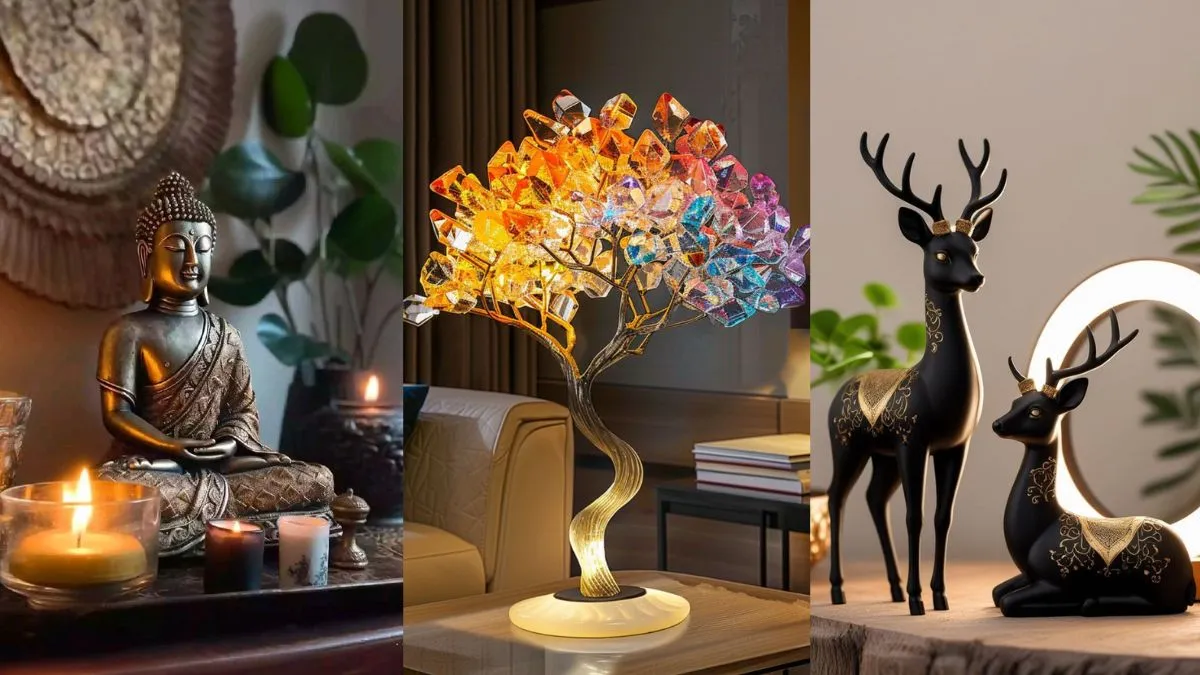Interior design, the art of transforming spaces into havens of comfort and style, is a delicate balance of aesthetics and functionality. Yet, even the most seasoned designers can fall victim to common pitfalls that can undermine their efforts. This article will delve into some of the most frequent interior design mistakes and offer practical solutions to avoid them.
1. Neglecting Natural Light: One of the most common mistakes is underestimating the transformative power of natural light. It not only illuminates a space but also creates a sense of openness and vitality. Avoid blocking windows with heavy curtains or furniture, and consider incorporating skylights or light tubes for maximum natural light exposure.
2. Overcrowding a Space: Another frequent misstep is cluttering a room with too much furniture or decor. This can create a cramped and chaotic atmosphere. Instead, focus on creating a sense of spaciousness by using multifunctional furniture and limiting the number of decorative elements.
3. Ignoring Scale and Proportion: The size and scale of furniture and decor items can significantly impact the overall look and feel of a room. Ensure that furniture pieces are proportionate to the space and avoid overwhelming a small room with oversized items.
4. Mismatching Colors and Patterns: A mishmash of colors and patterns can create a visually jarring and disharmonious effect. Stick to a color palette with no more than three primary colors and choose patterns that complement each other.
5. Forgetting About Texture: While color and pattern are essential, texture plays a crucial role in adding depth and interest to a space. Incorporate a variety of textures, such as velvet, linen, wool, and leather, to create a tactile and inviting atmosphere.
6. Neglecting Lighting: Proper lighting is essential for creating a functional and aesthetically pleasing space. Avoid relying solely on overhead lighting and incorporate a variety of lighting fixtures, such as table lamps, floor lamps, and sconces, to create a warm and inviting ambiance.
7. Overlooking the Entryway: The entryway is often overlooked but can significantly impact the overall impression of a home. Create a welcoming entrance by adding a coat rack, a small console table, or a piece of artwork.
8. Ignoring the Power of Negative Space: Negative space, or the empty areas around objects, is just as important as the objects themselves. Avoid overcrowding a space and allow for some breathing room to create a sense of balance and harmony.
9. Following Trends Blindly: While it’s tempting to follow the latest interior design trends, it’s important to choose elements that reflect your personal style and preferences. Avoid incorporating trends that you don’t genuinely love, as they may quickly become outdated.
10. Neglecting Maintenance: A well-maintained home looks and feels much better than one that is neglected. Regularly clean and declutter your space, and address any maintenance issues promptly to ensure that your home remains a sanctuary of comfort and style.
By avoiding these common interior design mistakes and implementing the suggested solutions, you can create a space that is both functional and aesthetically pleasing. Remember, interior design is a personal journey, so don’t be afraid to experiment and find what works best for you.
Interior Design Elements are the building blocks of a harmonious space. From color and texture to lighting and furniture, each element plays a vital role in creating a visually appealing and functional environment. Understanding these elements is essential for avoiding common design mistakes and crafting a space that truly reflects your personal style.








